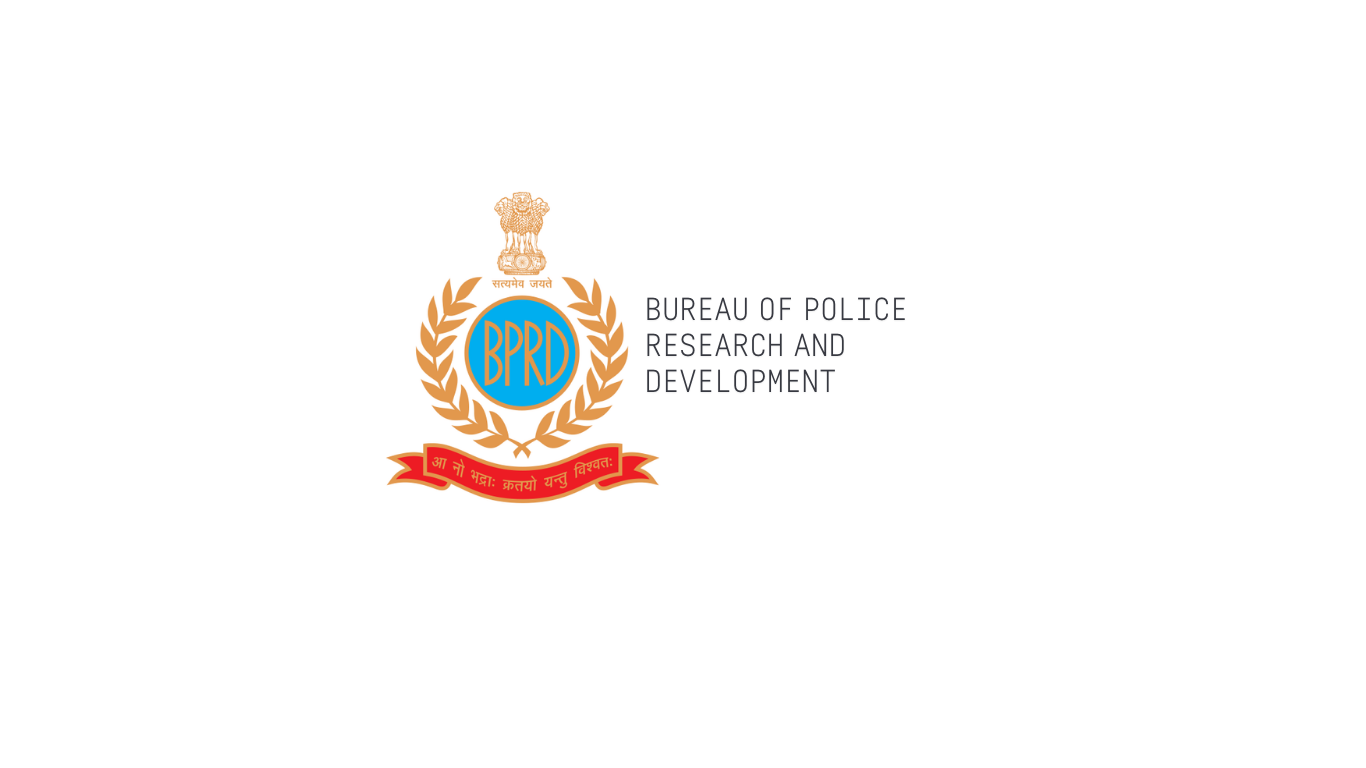Establishment (1970)
The Bureau of Police Research and Development (BPR&D) was officially set up on August 28, 1970, by the Government of India under the Ministry of Home Affairs.
It was created to replace the earlier Police Research and Advisory Council (1966), with a fresh focus on modernizing the Indian police system.
The aim was to develop better policies, research practices, and promote the use of science and technology in policing.
Evolution (1970–2021)
1973: A Training Division was added after the Gore Committee (1971) recommended improved training for police personnel.
1983: A Forensic Science Directorate was formed under BPR&D to strengthen scientific investigations.
1995: BPR&D was also given responsibility for Correctional Administration, focusing on prison reform and related challenges.
2008: The National Police Mission was launched under BPR&D to prepare police forces for modern security challenges.
2021: BPR&D’s scope was further widened to cover:
Border management (land and sea)
Capacity building of CAPFs and special units
Support for implementation of new criminal laws
Tackling modern crimes and internal security threats
Role of BPR&D
- Build a future-ready Indian police force that is skilled, modern, agile, responsive, and tech-enabled (SMART) to confidently tackle:
- Evolving law enforcement challenges
- Emerging internal security concerns
- Supported through enhanced knowledge, tools, and organizational strength
- Encourage timely and methodical research on:
- Issues faced by police and correctional institutions
- Social and systemic changes impacting law and order
- Push for faster integration of innovative technologies into day-to-day policing
- Maintain a continuous commitment to:
- Safeguarding peace across India’s diverse population
- Respecting and protecting the rights and dignity of every individual in the country
- Focus on precision-driven policing to prevent crime effectively and fairly
- Work toward building deep-rooted trust between communities and law enforcement
- Uphold the policing mission with strong ethical foundations rooted in:
- Excellence in service
- Transparency and moral conduct
- Bravery in the face of threats
- Empathy towards the public
Questions and Answers
Q1.On what date was the Bureau of Police Research and Development formed?
Ans.It was established on 28th August 1970.
Q2.Which ministry governs the Bureau of Police Research and Development?
Ans.The Ministry of Home Affairs, Government of India.
Q3.What earlier body was replaced by the creation of BPR&D?
Ans.The Police Research and Advisory Council was set up in 1966.
Q4.What was the main intention behind setting up BPR&D?
Ans.To bring modernization into policing through policies, research, and technology.
Q5.What is the commonly used abbreviation for the Bureau of Police Research and Development?
Ans.BPR&D.
Q6.Which committee suggested the need for improved police training, leading to the Training Division?
Ans.The Gore Committee of 1971.
Q7.In which year did BPR&D establish its Training Division?
Ans.The year 1973.
Q8.When was the Forensic Science Directorate added under BPR&D?
Ans.In 1983.
Q9.Why was the Forensic Science Directorate created?
Ans.To strengthen the scientific approach in police investigations.
Q10.From which year did BPR&D take over the responsibility of Correctional Administration?
Ans.Since 1995.
Q11.What was the focus of Correctional Administration?
Ans.Addressing prison reforms and related correctional issues.
Q12.When was the National Police Mission launched under BPR&D?
Ans.In 2008.
Q13.What was the purpose of the National Police Mission?
Ans.To prepare Indian police for contemporary security challenges.
Q14.By 2021, which new domains came under BPR&D’s mandate?
Ans.Border management, CAPF training, new criminal laws, and handling modern crimes.
Q15.What types of border security were included in BPR&D’s 2021 role expansion?
Ans.Both land and maritime borders.
Q16.In BPR&D’s vision, what does the acronym SMART stand for?
Ans.Skilled, modern, agile, responsive, and tech-enabled.
Q17.What type of police force is BPR&D trying to build?
Ans.A future-ready force with advanced skills and technology.
Q18.What are the two major challenges BPR&D aims to address?
Ans.Changing law enforcement needs and internal security threats.
Q19.What type of research does BPR&D promote?
Ans.Well-planned and timely research on policing and correctional matters.
Q20.Why is research on social and systemic change important for policing?
Ans.Because such changes directly affect law and order.
Q21.How does BPR&D view technology in the policing sector?
Ans.As an essential tool that must be quickly integrated into daily policing.
Q22.Give an example of technology that improves policing?
Ans.Crime detection through forensic tools, big data analysis, or digital surveillance.
Q23.What responsibility does BPR&D uphold towards citizens?
Ans.To maintain peace while safeguarding the rights and dignity of every individual.
Q24.How does BPR&D ensure crime prevention?
Ans.By adopting precise and scientific policing methods.
Q25.What is crucial in developing trust between police and communities?
Ans.Fairness, transparency, and empathetic behavior from law enforcement.
Q26.What ethical principles guide BPR&D’s vision of policing?
Ans.Service excellence, transparency, honesty, courage, and compassion.
Q27.Which year marked the 50th anniversary of BPR&D?
Ans.The year 2020.
Q28.Which new responsibility was assigned to BPR&D in 1995?
Ans.Correctional Administration with a focus on prison reforms.
Q29.Which mission under BPR&D began in 2008 for police modernization?
Ans.The National Police Mission.
Q30.What is the ultimate goal of BPR&D?
Ans.To create a trusted, ethical, and modern police force ensuring peace and public security.



